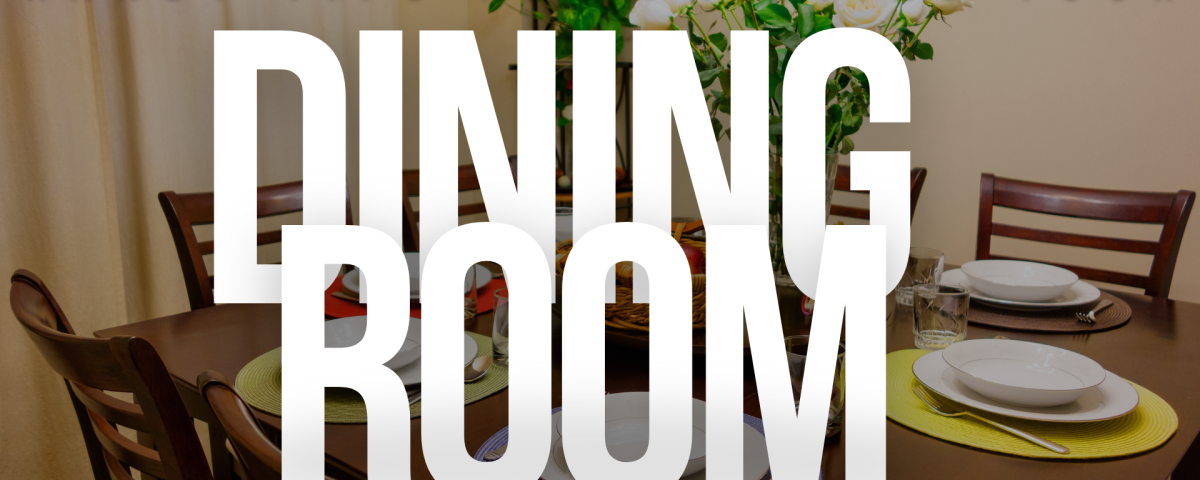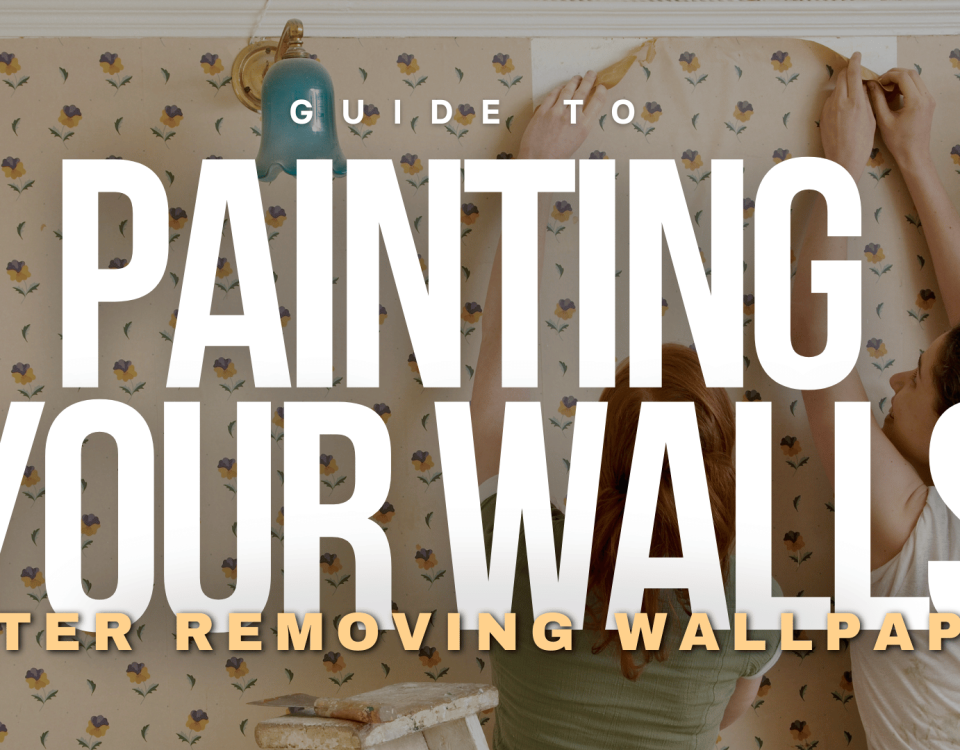
Guide To Painting Your Walls After Removing Wallpaper in Shelby County, KY
October 8, 2024Painting your dining room is one of the most impactful ways to refresh its ambiance and give the space a new, inviting look.
Whether you want a modern update or a cozy, classic feel, a fresh coat of paint can make a world of difference.
However, before diving into the project, there are important factors to consider to achieve great results.
Here is a list of Handy Tips for Painting Your Dining Room.
1. Decide On A Paint Color
One of the first and most important things you’ll have to do for your upcoming dining room painting project is deciding on a paint color to use for it.
While doing this decision might seem like easy work, there’s actually a lot of factors to consider to ensure that you arrive at the most ideal choice.
Here’s what you’ll want to keep in mind:
- Your Vision: You’ll want to be certain of what you want for the project. Certain colors evoke certain moods or feel when put onto a space, so you’ll have to be specific on what you want to establish with your dining room. Being certain of your vision will eventually help you narrow down your choices.
- Lighting: The lighting present in your dining room space will affect how your chosen paint color will eventually appear once painted on the surface. So, you’ll want to test it first before committing to a final choice.
- Coordinate With The Space: You’ll want to end up with a paint color that goes well with the rest of your dining room space, for an overall cohesive appeal.
2. Prepare the Room Properly
Most successful painting projects start with a rigorous preparation process.
It’s not just about covering walls with color; you need to create the right conditions for the paint to adhere properly, and ensure an efficient and seamless process as you proceed with the project.
To do this, you’ll have to:
- Move Furniture and Cover Surfaces: Start by moving all furniture out of the room if possible. For larger pieces that are difficult to relocate, like dining tables or cabinets, push them to the center and cover them with plastic sheets or drop cloths. Don’t forget to protect your floors with durable drop cloths, as paint spills can easily ruin carpets or hardwood.
- Clean and Repair Walls: Before painting, thoroughly clean the walls to remove any dirt, dust, or grease, which can prevent the paint from adhering properly. Use a mild detergent solution to wipe down the surfaces, and make sure the walls are completely dry before moving on. If there are any cracks, holes, or imperfections, fill them with spackle and sand the areas smooth for an even finish.
3. Put Up Painter’s Tape
Painter’s tape is one of the simplest but most effective tools in achieving a clean, professional look.
It helps you create sharp lines between walls, ceilings, trim, and other details, preventing paint from bleeding into areas where it doesn’t belong.
When applying painter’s tape, take your time to ensure it’s placed securely. Press down on the edges firmly to prevent paint from seeping underneath.
Use the tape to mask off baseboards, windows, door frames, and ceiling edges.
Lastly, remember that timing is crucial when it comes to removing your painter’s tape.
Ideally, you shouldn’t wait until your paint has fully dried; remove the tape while the paint is still slightly wet to prevent it from peeling off with the tape.
4. Paint with the Right Tools and Techniques
To help you apply your paint, you’ll want to have the right tools and equipment at hand – but this isn’t enough for a great paint finish.
The right painting techniques should also be employed, to ensure success in your project.
Here’s what you’ll need to remember:
- Brushes and Rollers: For walls, a high-quality roller is essential. Use a roller with the right nap length for your walls’ texture—shorter naps for smooth walls and longer naps for textured surfaces. Cut in around the edges with a good-quality angled brush, as this will allow you to paint cleanly along baseboards, ceilings, and trim. Roll in a W or M pattern to avoid streaks and ensure even coverage.
- Use Thin Coats: It might be tempting to apply thick layers of paint to save time, but this can lead to drips, uneven texture, and longer drying times. Instead, use multiple thin coats, allowing each coat to dry fully before applying the next one. Thin coats not only create a smoother finish but also help the paint dry faster and more evenly.
Hire a Professional Painting Contractor
Having said that, if you don’t have the time, skill, or tools to repaint your home interior Serious Business Painting can help.
We are currently serving the areas of Louisville, Shelby County, Oldham County, Anchorage, Prospect, and Jefferson Town, Kentucky.
Book a FREE estimate below or call us 502-641-7969 if you need any more information.
Related: How To Choose A Paint Color For Your Kid’s Bedroom in Jefferson Town, KY
Tips For Preparing To Paint Your Dining Room in Oldham County, KY





